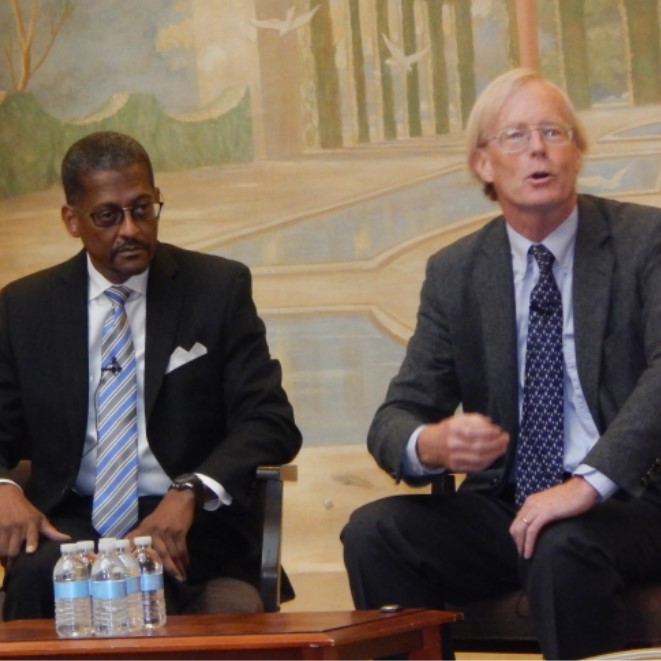WASHINGTON — Nowhere is the issue of rooftop solar subsidies more acute than in Hawaii, where state and federal tax credits and net metering means that about 85% of the cost of rooftop solar is subsidized. “Which is why we have five times the [solar] penetration of any place in the nation,” Richard M Rosenblum, recently retired CEO of Hawaii Electric, told PJM’s Grid 20/20 conference last week.
About 12% of the utility’s customers have rooftop solar, and one-third of distribution circuits run “backwards” at least some of hours of the year, Rosenblum said. By 2030, the company expects 30% of customers to be generating solar power, “and virtually every one of our circuits will run backwards.”
“The problem, of course, is that it distorts the market and brings on resources that are not truly cost-effective for all consumers and leads to massive shifting of costs from one set of customers to another set of customers.”
Rate Design
Evolving the system in a way that is fair will require real-time pricing and fair compensation for net-metered solar generators, David Owens, executive vice president of the Edison Electric Institute (EEI), told the conference. Basing solar compensation on the cost of carbon (a price above the current cost of power), as some solar tariffs propose, is “totally absurd,” he said, and results in a “false and distorted price signal.”
Ralph Cavanagh, co-director of the Natural Resources Defense Council’s energy program, opposes an “all-you-can-eat approach” in which a high fixed charge reduces incentives for saving energy.
Instead, he favors a “minimum bill” approach in which customers pay based on consumption — after satisfying a minimum to cover fixed costs. “The difference between [the minimum bill] and a high fixed charge is that once you get above that very small threshold of consumption, you’re back paying based on how much you use again and the rewards for saving energy are unaffected,” he said in a lunchtime discussion with Owens.
David Kolata, executive director of the Illinois Citizens Utility Board, said solar power has been unfairly targeted for criticism over cost-shifting.
“It is a little bit revealing that this sort of reverse Robin Hood perspective focuses solely on solar and not on general rate design,” he said. “In Illinois right now, our rate design — because of the way we cover capacity costs — has the exact reverse effect and we don’t hear about that. I’m not saying there’s not an issue, but I do think it’s unfairly picking on solar and unfairly overlooking a lot of the value it provides.”



